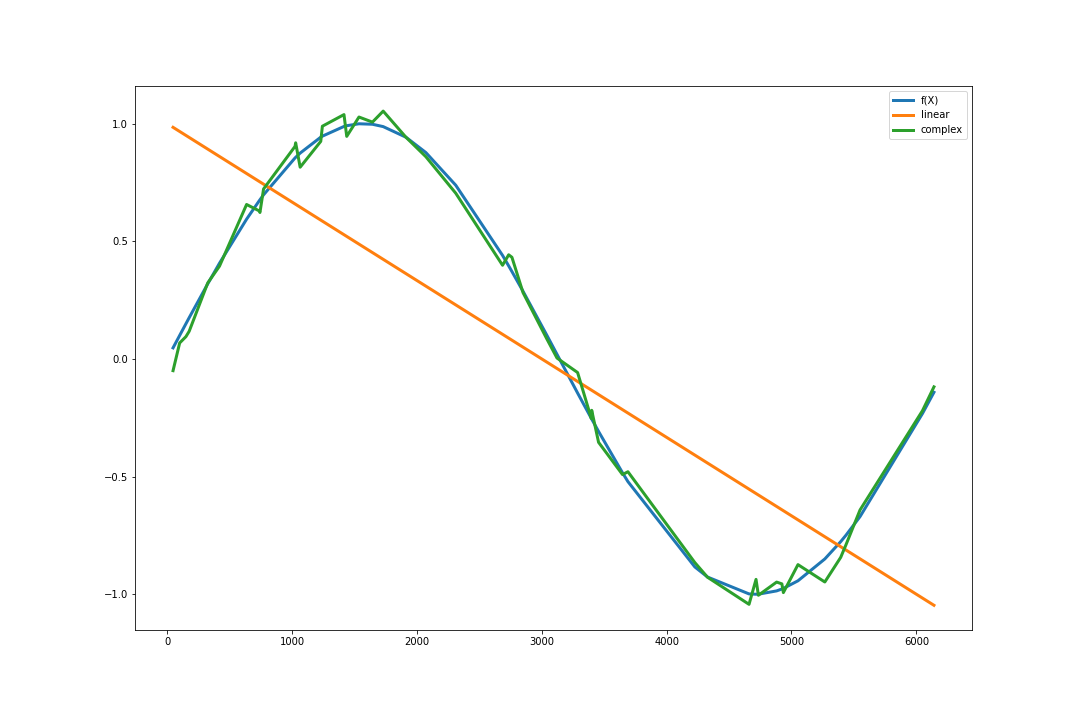Machine Learning
-
The Dimensionality Reduction Revolution: How PCA Turns Data Chaos into Crystal-Clear Insights

Imagine staring at a 500-dimensional dataset, feeling like Neo in The Matrix before he could see the code—overwhelmed by noise, patterns hidden in plain sight, and computational costs spiraling out of control. This is where Principal Component Analysis (PCA) enters the scene, not as a mathematical abstraction, but as your digital Rosetta Stone for making…
-
The Unlikely Hero: How Naive Bayes Defies Expectations in Machine Learning

1. Why Your Spam Filter Works Better Than Your Dating App: The Surprising Genius of Naive Bayes Imagine this: every time you check your email, a mathematical algorithm that’s been called “naive” and “simplistic” is protecting you from 99.9% of spam. This same algorithm powers your news feed categorization, medical diagnosis systems, and even helps…
-
The Unstoppable Force: How GBDT Ensemble Methods Conquer Machine Learning’s Toughest Battles

Why your single model is like bringing a knife to a gunfight, and how gradient boosting turns you into the entire arsenal Introduction Remember that scene in The Matrix where Neo finally sees the code? That’s what understanding Gradient Boosting Decision Trees (GBDT) feels like—suddenly the entire machine learning landscape makes sense. While everyone else…
-
The Random Forest Revolution: Why Your Single Decision Tree Is Doomed to Fail

The year was 2001. Leo Breiman, a statistician with the rebellious spirit of a rock star, dropped a bombshell paper that would forever change machine learning. He proved what every data scientist secretly knew: one tree is weak, but a forest is unstoppable. This isn’t just academic theory—it’s the difference between predicting stock market crashes…
-
The Ultimate Guide to Machine Learning Algorithms: From Linear Regression to Neural Networks

Introduction: Welcome to the Machine Learning Revolution Machine learning isn’t just another buzzword thrown around by tech bros in Silicon Valley coffee shops – it’s the mathematical backbone of our modern digital existence. At its core, machine learning is the art and science of teaching computers to learn patterns from data without being explicitly programmed…
-
The Straight Line to Truth: A Comprehensive Guide to Linear Regression

Introduction In a world increasingly obsessed with complex neural networks and black-box algorithms, there’s something almost rebellious about the elegant simplicity of linear regression. Like the opening riff of “Smoke on the Water” or the geometric precision of a Kubrick frame, linear regression represents that rare intersection of mathematical beauty and practical utility. It’s the…
-
The Decision Tree: Machine Learning’s Most Philosophical Algorithm

Introduction In the grand tapestry of machine learning algorithms, decision trees stand as the philosophers – simple yet profound, transparent yet powerful. Much like the branching narratives in a Coen Brothers film where every choice leads to unforeseen consequences, decision trees map the complex decision-making processes that govern our world. From diagnosing diseases to approving…
-
Logistic Regression: Why This 80-Year-Old Algorithm Still Dominates Binary Classification

Imagine you’re Netflix deciding whether to recommend “The Irishman” to a user who just binged “Breaking Bad.” Or a bank determining if someone qualifies for a loan. Or a doctor predicting whether a patient has diabetes based on test results. These aren’t arbitrary guesses—they’re calculated probabilities powered by one of the most enduring algorithms in…
-
The Margin Maximizer: How Support Vector Machines Cut Through Data Like a Tarantino Film

Ever wonder how machines learn to draw the perfect boundary between chaos and order? In a world drowning in data, SVMs are the samurai swords of classification – cutting through noise with mathematical precision that would make Kubrick proud. Introduction: The Art of Perfect Separation In the grand casino of machine learning, where neural networks…
-
Bias Variance: A comprehensive guide

You are taking an interview and the interviewer asks you to explain Bias variance trade-off, that means you screwed up somewhere during the course of that interview. Trust me on that. Its mostly because bias and variance with respect to model selection is seldom discussed in detail and the most asked question in the interviews.…
Search
Recent Posts
- The Dimensionality Reduction Revolution: How PCA Turns Data Chaos into Crystal-Clear Insights
- The Unlikely Hero: How Naive Bayes Defies Expectations in Machine Learning
- The Unstoppable Force: How GBDT Ensemble Methods Conquer Machine Learning’s Toughest Battles
- The Random Forest Revolution: Why Your Single Decision Tree Is Doomed to Fail
- The Ultimate Guide to Machine Learning Algorithms: From Linear Regression to Neural Networks
Categories
- Algorithms (9)
- Computer Vision (1)
- Data Science (17)
- Data Structures (2)
- Deep Learning (1)
- Design Patterns (1)
- Interview (5)
- Learning Path (6)
- Machine Learning (11)
- Natural Language Processing (1)
- OOPs (1)
- Probability Theory (1)
- Python (3)
- Reinforcement Learning (1)
- Statistics (2)
